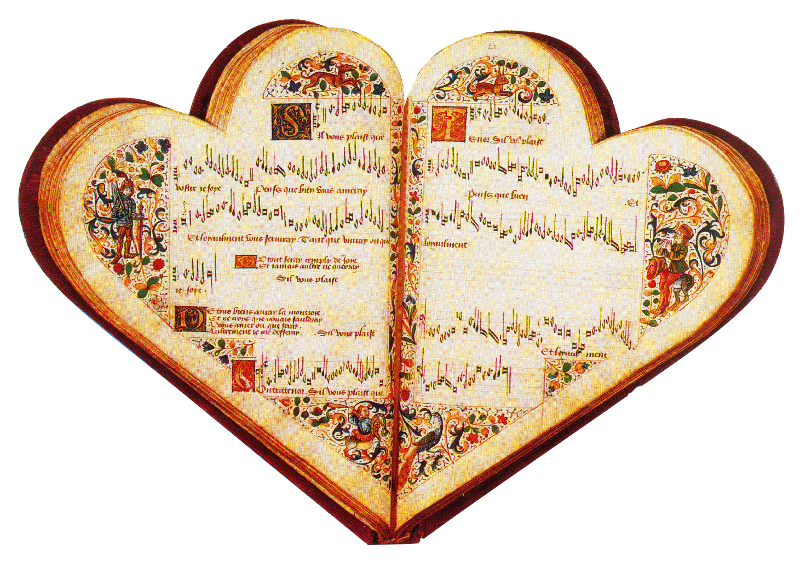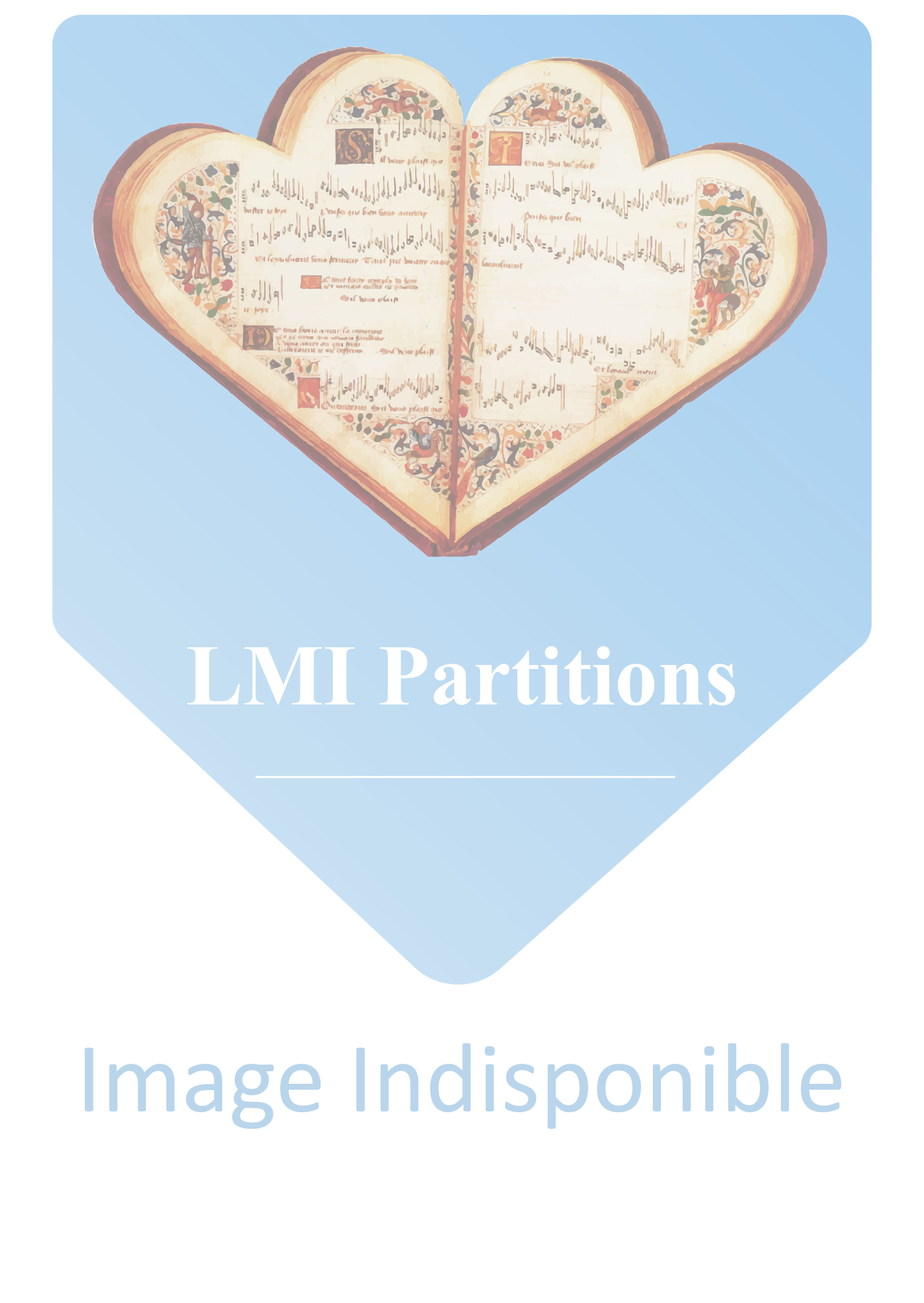Musique pour orchestres et ensembles
Description :
Gustav Mahler 's Symphony No. 8 is a work of exceptions. Seen from the outside, this is true of the forces that are used: with its three choirs, eight soloists and an orchestra of far more than one hundred musicians, there are few similar works in the annals of music. This cast of performers determines the second exceptional element of the work, the mix of instrumental and vocal characteristics that makes it to the prototype of a 'vocal symphony', which - as Mahler put it - 'is sung from beginning to end'. In turn, the texts that are sung influence the structure of the whole, replacing, as it were, the usual four movements of a symphony with twostrongly divergent 'parts'. And, finally, as if to emphasize this divergence, the texts used - the hymn Veni creator spiritus in the first part and the final scene of Goethe's Faust in the second - are not only written in two languages but also separated in their origins by more than one thousand years. Thus it is a work of extremes, and a work of contradiction. It seems, however, that it was exactly these distinctive features that lifted the symphony above the others and convinced Mahler that his Symphony No. 8 was 'the greatest' work 'that I have composed'. It is an understandable coincidence that he thus raised Symphony No. 8 to the same rank within his oeuvre as Goethe, who claimed that the drama was his 'Hauptgeschäft' [main work], did with Faust. Even after composing his late works Mahler retained his belief that Symphony No. 8 was his 'opus summum'. (Christian Wildhagen)



 Gagnez un bon d'achat dès 50€
Gagnez un bon d'achat dès 50€
 30 jours pour changer d'avis
30 jours pour changer d'avis




